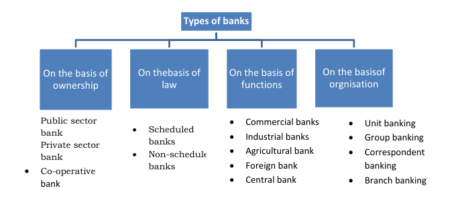Table of Contents
How Groups Make Decisions?
Edgar Schein, a noted academician and consultant, has worked at length with groups to analyse and improve their decision-making processes on the basis of which he has proposed a model of team-decision making which is widely applied.
Schein observes that groups may make decisions through any of the following six methods: lack of response, authority rule, minority rule, majority rule, consensus, and unanimity. Let us describe each of these methods, with their respective strengths and pitfalls.

Lack of Response
A decision by lack of response relies on a process of elimination, in which one idea after the other is suggested without any discussion taking place as such.
The group listens to these ideas without voting, until it hits upon the one it finally accepts. This way all other ideas are discarded by simple lack of response rather than by their critical evaluation. Such a decision-making process is usually time-consuming.
In a decision by authority rule, one individual, usually the chairperson or manager or group leader makes a decision for the group. Decisions can be arrived at with or without discussion and this process is very time efficient, though it seems to be as autocratic to many. The team must provide the authority figure making the decision with ideas and information, and this decides on the goodness of the decision.
Minority Rule
In a decision by minority rule, two or three members may be more empowered or maybe simply more assertive and are able to dominate or “railroad” the majority into making a decision to which they all agree.
This is often done by providing a suggestion and then reaching a quick agreement by challenging the group with such state, EMTs as ” “Does anyone object to this decision?” No? Well, let’s go ahead with it then.” Such kind of decision-making is very common in the military. The pitfall with this approach is that the decision is only as strong as the authority making the decision.
Majority Rule
This is one of the most common ways by which groups make decisions. The majority rule puts a decision up to vote, or a poll of members may be conducted to find the majority viewpoint. The final decision is on the basis of a simple majority (more than 50 percent) or a supermajority (three-fifths or two-thirds).
This method is similar to the democratic political system. The biggest pitfall of this method is that though it fosters strong commitment from the majority, it can lead to a weak commitment from the minority, and resentments that continue may weaken group effectiveness in the long run.
Consensus
Consensus refers to a state of affairs whereby discussion leads to one alternative being favored by most of the members and the other members agreeing to support it. When a consensus is reached, even those in the minority who may have opposed the chosen course of action know that they have been listened to and have had a fair chance to influence the outcome; they ultimately support the final decision.
According to Schein, consensus fosters the exchange of information and hence ensures that the decision is a well-considered one.
Unanimity
Unanimity represents the ideal state of affairs, in which all group members agree completely upon a decision. This is a “logically perfect” group decision-making method but is extremely difficult to attain in reality and does not work with large teams.

